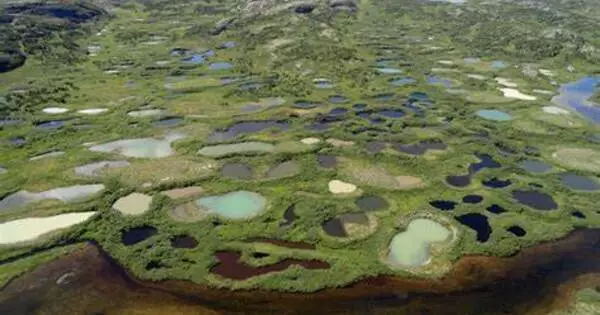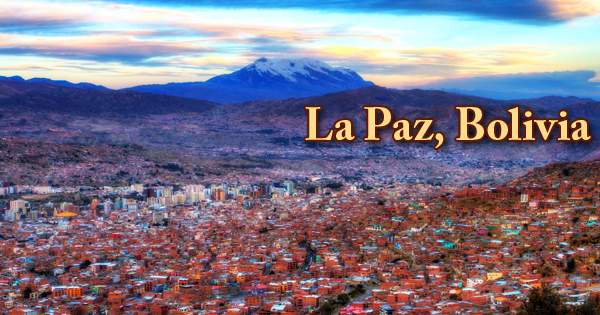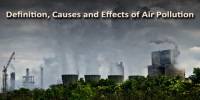Microbial biogeography is the study of the patterns of distribution of microorganisms (such as bacteria, archaea, fungi, and viruses) in various environments on Earth. It is a subset of biogeography, which is concerned with the distribution of organisms over space and time. This field investigates how microbial communities change over time and space, as well as the factors that influence their diversity, abundance, and function in various ecosystems.
Although biogeography has traditionally focused on plants and larger animals, recent research has expanded this field to include microorganism distribution patterns. This “microbial biogeography”—the extension of biogeography to smaller scales—is made possible by ongoing advances in genetic technologies.
Microbial biogeography seeks to determine where microorganisms live, in what abundance, and why. Microbial biogeography can thus shed light on the underlying mechanisms that promote and inhibit biodiversity. It also predicts where certain organisms can survive and how they respond to changing environments, making it applicable to a variety of other fields, including climate change research.
Key aspects of microbial biogeography include:
- Spatial Distribution: Investigating the distribution of microbial communities across geographical locations, ecosystems, and habitats. This includes looking into the differences in microbial composition between soil, water, air, and various host organisms.
- Temporal Dynamics: Investigating how microbial communities evolve over time. This could include tracking seasonal changes, responses to environmental changes, or long-term changes in microbial populations.
- Environmental Factors: Finding the environmental factors that influence microbial communities. Temperature, pH, nutrient availability, salinity, and the presence of other organisms are examples of these factors. Understanding how these factors affect microbial distribution is critical for predicting how microbial communities will react to environmental changes.
- Host-Microbe Interactions: Examining the interactions between microorganisms and their hosts, whether plants, animals, or humans. Microbial biogeography is the study of how host-specific factors influence the composition of microbial communities associated with various organisms.
Ecology, environmental science, agriculture, medicine, and biotechnology all have implications for understanding microbial biogeography. It can aid in predicting microbial community responses to environmental changes, developing ecosystem management strategies, and developing applications in areas such as bioremediation and probiotic development.
















